
Working with athletes takes more than throwing in a few sprints, squats, or agility drills.
True sports rehabilitation requires understanding the athlete as a whole. How you move, the demands of your sport, and what your body needs to perform at a high level.
After an injury, the risk of re injury increases significantly if the root cause is not identified and addressed. Simply clearing pain or checking boxes is not enough.
It’s not just about getting back in the game.
It’s about getting it right the first time.
We know what it takes to help athletes return stronger, more confident, and better prepared for the demands of their sport. A deeper understanding of the physical, mental, and social influences on recovery is what drives long term success.
Sports place high and often asymmetrical demands on the body. Advanced movements, speed, power, and coordination expose weaknesses quickly.
When mobility, strength, or control is lacking, the body compensates. Over time, those compensations accumulate through repetitive movement and create multiple stress points.
Our role in sports physical therapy is to identify where those breakdowns are occurring and restore the capacity needed to tolerate sport specific demands safely.
Injury affects more than just the body.
Fear of reinjury, frustration with setbacks, and pressure to perform can all slow recovery and impact movement quality. Athletes often hesitate, protect, or avoid certain positions without realizing it.
Addressing these factors is critical for rebuilding confidence and allowing full, unrestricted movement to return.
Athletes rarely operate in isolation.
Coaches, trainers, teammates, and family all influence the recovery process. Conflicting advice or unclear expectations can create confusion and delay progress.
Effective sports rehabilitation involves communication and alignment so everyone involved is working toward the same goal with a clear plan.
Our new guide dives deeper into the Next Level System, giving you clear, actionable strategies to eliminate pain, improve movement, and achieve lasting results.
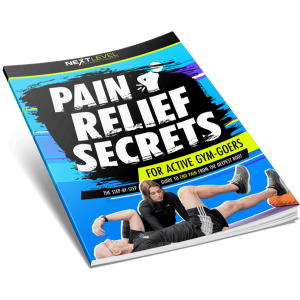
Unlock your full potential with our free guide for athletes. Learn how to move better, prevent injuries, and perform pain-free with the proven Next Level System.
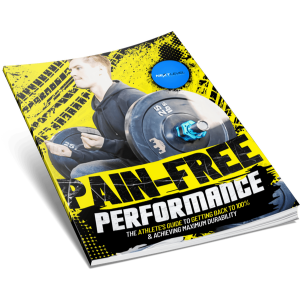
Discover the proven steps to finally end back pain for good. This free guide reveals the root causes of pain and how to move, strengthen, and recover with confidence.
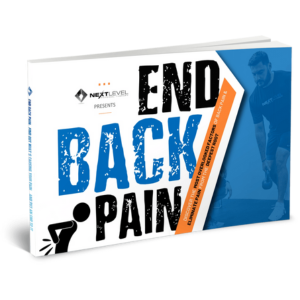
Pain is the result of a weakness in your foundation.
Regardless of location, severity, and age, recovery relies on 4 key foundations.
This is our “4 Pillars of Recovery.”
Failure to address each pillar leads to pain and poor results. Long-term pain relief only happens when each pillar is strengthened at the right time.
We start with the end in mind so that your treatment has intent and purpose.
We get clear on your goals and what you want to achieve from the start.
We implement our 7 Level System to identify the root cause of your pain and develop a personalized treatment plan that is solely focused on your goals.
The system has transformed lives from professional and Olympic level athletes, to the everyday fitness enthusiast.
It is the perfect bridge that will get you from being limited in pain, to doing what you love again.
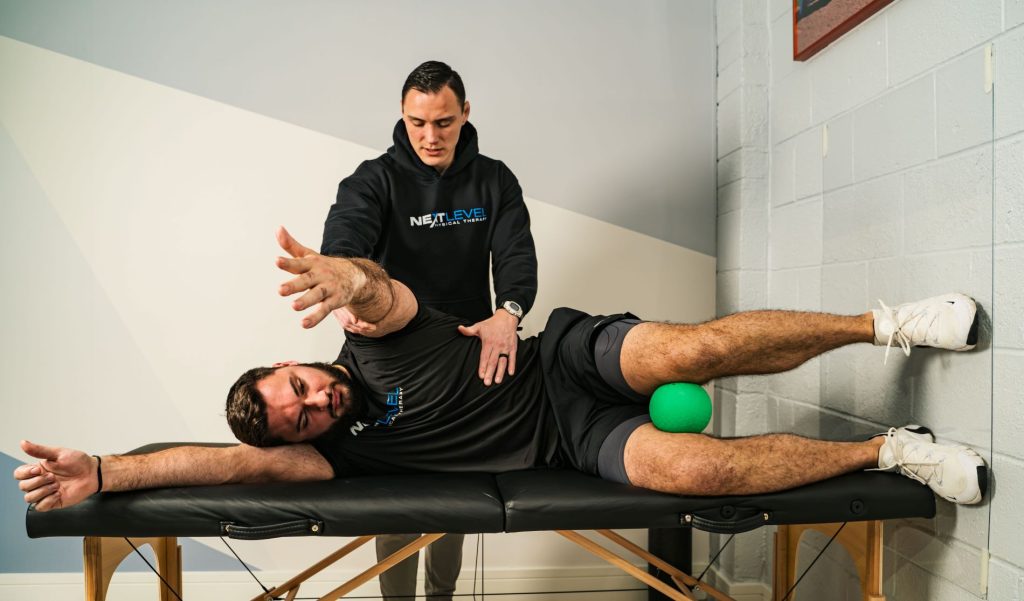





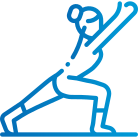

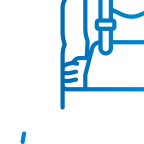

Sound strategy with precise execution results in lasting transformation.
We have tested the most effective treatments and combined the most proven methods.
What we’ve created is a world-class treatment system where you’ll feel a difference at each session, one where you’ll have deep-rooted pain-relief at the end.
“I was two weeks away from a serious back surgery… and within the first week at Next Level, I made enough progress to cancel it. The radiating pain stopped, I could sit again, and my world finally opened back up.”
“I was living at a 9 out of 10 pain pretty consistently, and nothing ever got me out of pain permanently until I came to Next Level.”
“Before Next Level, every time I felt pain, I would get scared… My only wish was to feel somewhat out of pain… and with Next Level, I achieved far more than that.”
“I was two weeks away from a serious back surgery… and within the first week at Next Level, I made enough progress to cancel it. The radiating pain stopped, I could sit again, and my world finally opened back up.”
“I was living at a 9 out of 10 pain pretty consistently, and nothing ever got me out of pain permanently until I came to Next Level.”
“Before Next Level, every time I felt pain, I would get scared… My only wish was to feel somewhat out of pain… and with Next Level, I achieved far more than that.”
If you’ve ever gone through traditional physical therapy and were left feeling...


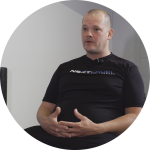
Congratulations!